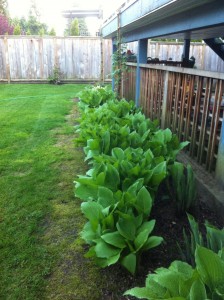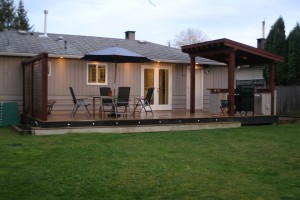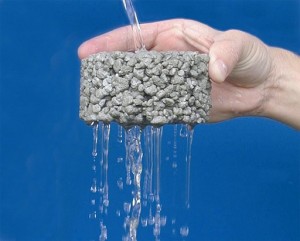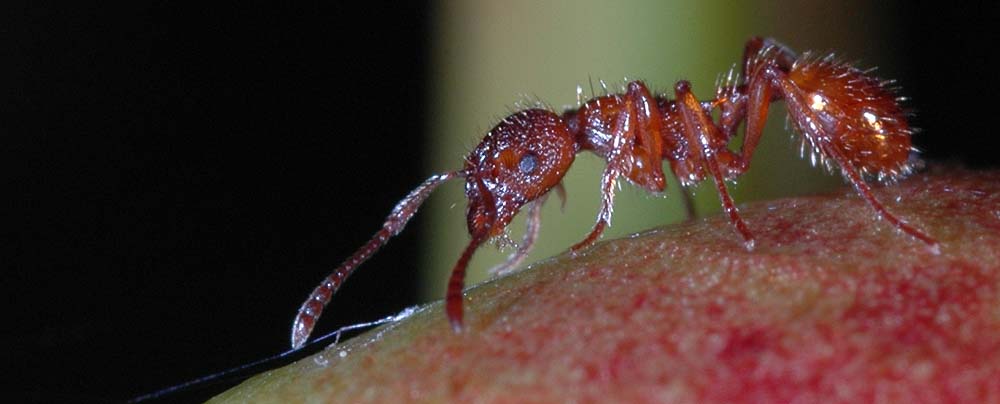Final landscaping involves the installation of garden beds, lawns and all associated hardscaping elements including patios, decks, walk ways, pathways and various water features. Final landscaping decisions depend on many factors including the project scope, budget and the personal preference of the client or homeowner. There are many options available for homeowners ranging from simple lawns to more elaborate and complex features and vegetation selections.
There are many options available to homeowners aside from the traditional installation of a large expanse of lawn. Many features such as rain gardens and drainage swales can help to minimize the amount of runoff leaving the site and entering into the storm water system by allowing for infiltration of rain water to occur in situ. When rainwater is allowed to infiltrate, it becomes a part of the natural hydrologic cycle, and helps to minimize the amount of storm water created from paved surfaces on the lot. By minimizing the creation of storm water, less stress is placed on storm water infrastructure and the effects of storm water on the surrounding watercourses can be minimized.
Invasive species are an ongoing concern for both homeowners and the watershed as a whole. Invasive species are plants, insects and other organisms such as invertebrates that are not native to BC and that outcompete native species for habitat and other resources. Some invasive plant species have the ability to grow through concrete and other permanent structures, which can compromise the structural integrity of these structures. Other invasive species have the ability to render outdoor spaces unusable. Examples of local invasive species of concern include knotweeds (Polygonum spp.), the European fire ant (Myrmica rubra) and Giant Hogweed (Heracleum mantegazzianum). Proper identification of any invasive species and proper mitigation measures must be implemented to reduce the impacts to both structures, the environment and people from invasive species. Measures should also be put into place to minimize the spread of all known invasive species during the course of a construction project.
The choice of hardscaping materials varies widely with respect to cost and design. When installing paved surfaces, alternatives to traditional concrete can be used onsite to minimize runoff. Permeable concrete is one long term alternative that allows for some infiltration of water to occur, reducing the amount of runoff leaving the site and lessening the impact of the paved surface on the storm water system.




